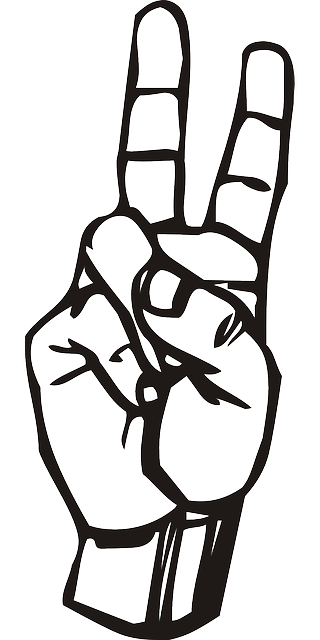Mar 4th 2021
USING A computer used to mean bashing away at a keyboard. Then it meant tapping on a touchscreen. Increasingly, it means simply speaking. Over 100m devices powered by Alexa, Amazon’s voice assistant, rest on the world’s shelves. Apple’s offering, Siri, processes 25bn requests a month. By 2025 the market for such technology could be worth more than $27bn.
Listen to this story
Your browser does not support the <audio> element.
Enjoy more audio and podcasts on iOS or Android.
One group, though, has been left behind. The World Health Organisation counts 430m people as deaf or hard of hearing. Many use sign languages to communicate. If they cannot also use those languages to talk to computers, they risk being excluded from the digitisation that is taking over everyday life.
Many have tried to teach computers to understand sign language. There have been plenty of claims of breakthroughs in recent years, accompanied by so-called solutions ranging from haptic gloves that capture the wearer’s finger movements to software that detects distinct hand shapes. Many of these have won acclaim while alienating the very people for whom they are ostensibly designed. “The value for us basically is zero,” says Mark Wheatley, the executive director of the European Union of the Deaf (EUD).
It is easy to see why. Gloves are intrusive, as are similar technological solutions such as body-worn cameras. Both require users to adapt to the needs of hearing people. Hand-shape recognition, while useful, cannot by itself handle the full complexity of sign languages, which also rely on facial expressions and body movements. Some projects have been touted as offering cheap alternatives to human interpreters in places like hospitals, police stations or classrooms, where the cost of even small errors can be very high.
But things are improving. Research groups, which increasingly include deaf scientists, are asking how technology can best serve deaf people’s interests. Students of sign languages are compiling databases, known as corpora, full of examples of how the languages are used. Programmers are trying to turn them into useful products.
As with spoken languages, sign languages—of which the world has several hundred—possess their own grammars, idioms and dialects. Again like spoken languages, the hard-and-fast …….
